 What follows is the impossible task of summarizing a 20-year career in about 3,000 words. My statements and opinions do not reflect those of Sonex, from which I retired in July 2023. “You’ve got the coolest job in the world,” a customer would exclaim. I’d smile. To quote Ernest Hemingway, “What a pretty thought.” “I don’t know how you do it. I’d last two weeks.” I heard that too, accompanied by sympathetic eyes. What was my job? What “it” did I do? I provided airframe and engine assembly, operation, and maintenance support to aircraft homebuilders, pilots, owners, and mechanics via phone and email. I supported those who claimed to have never tightened a bolt and actual rocket scientists, those who loved every moment of their project and those who seemed to endure under duress from the first. Those who ran their engine without a prop while making carburetor adjustments to try to lower cylinder head temperatures, and engineers prone to overthinking.
What follows is the impossible task of summarizing a 20-year career in about 3,000 words. My statements and opinions do not reflect those of Sonex, from which I retired in July 2023. “You’ve got the coolest job in the world,” a customer would exclaim. I’d smile. To quote Ernest Hemingway, “What a pretty thought.” “I don’t know how you do it. I’d last two weeks.” I heard that too, accompanied by sympathetic eyes. What was my job? What “it” did I do? I provided airframe and engine assembly, operation, and maintenance support to aircraft homebuilders, pilots, owners, and mechanics via phone and email. I supported those who claimed to have never tightened a bolt and actual rocket scientists, those who loved every moment of their project and those who seemed to endure under duress from the first. Those who ran their engine without a prop while making carburetor adjustments to try to lower cylinder head temperatures, and engineers prone to overthinking.
Sometimes they were one and the same. Subsets in each category included those with a can-do spirit, those with a can’t-do spirit, those wanting to learn, those wanting to complain, those who embraced challenges, and those who shouldn’t be in aviation at all.
There were those who abused me and those who brought me a cold six-pack from various Californian microbrews every EAA AirVenture. They all called me “Tech Guy.” Except one, who called me an “ass—-” and demanded I be fired.
Monday Morning, the Phone Rings…

Caller: “I sent you an email three days ago. I still don’t have an answer.”
Me: “I see it arrived Friday at 4:37 p.m.. That was 45 work minutes ago. How can I help you?”
Caller: “I have N12345.”
Me: “I don’t know what that is.”
Caller: “It’s the green Onyx.”
Me: (Ah, the green one.) “OK, how can I help you?”
Caller: “The Piston Banger engine makes a…”
Me: “I’m sorry, we don’t support Piston Banger engines. You’ll need to contact them.”
Caller: “But that’s what’s on the Onyx I just bought.”
Me: “That may be—by the way, it’s pronounced One-X—but we can’t help with that. Piston Banger probably can.”
Caller: “Do you have a phone number or anything for them?”
Me: “Hang on, let me Google that for you.” (I emphasize Google.)
The call winds down with, “How are things there?”
“Great! I have to let you go, I have another call to take.”
The coolest job in the world, indeed.
After a call like that, it’s hard to imagine why I’d want to do anything else. I stare at the phone. “Please,” I think, “let the next one be about low oil pressure.” But it’s not. After a lengthy monologue on how hard I am to get a hold of, it’s mostly about the weather until the caller gets sidetracked and queries me on a bolt substitution. I dispense the local weather conditions—both current and forecast—and address their question. While doing so I think of a friend, a professional musician who plies his trade in Nashville, Tennessee, recording studios and on stages around the world and my heart sinks. Thank goodness I never had guitar lessons or I might be slogging through life like him. The call ends with, “How are things there?”
“They’re great. I need to let you go. Someone else is calling.”
The third call begins, “You’re hard to get a hold of…” On the way to their question, they ask how the weather is and regale me with stories of flying cargo over the Himalayan Mountains.

Where Do Tech Guys Come From?
Support personnel in a field as unique as homebuilding don’t come from Embry-Riddle Aeronautical University and aren’t found through local staffing agencies.
Hands-on experience with a specific airframe and a lack of other employment options is the primary career path. That, and the belief working for a kit aircraft company is the coolest job in the world.
We come from garages, basements, unused bedrooms, and leaky T-hangars. We build our résumés one part at a time, one mistake at a time. Our graduation is our first fight. Our internship is flying off the flight test hours and successfully sorting the bugs.
From that pool of candidates a company needs a person interested in both the job and moving to the factory’s location (have you seen where some kit companies are located?). A person capable of troubleshooting (without touching) and communicating the corrective action—maybe to someone who doesn’t know how to pronounce the name of the aircraft they’re building. A person capable of dealing with…people. Angry people. Worried people. People whose dream, financial investment, and literal life may hinge on what is said and how it is said. They must do this while building and guarding a company’s reputation and, sometimes, advocating for a customer by arguing against a company’s policy.

But, no pressure.
Supporting the Product or the Customer?
Strictly speaking, my job was less about supporting customers than it was supporting products.
To support a customer is to open the door to infinite questions. It’s a door I’d step through, though seldom farther than the threshold.
“What kind of paint is on the factory airplanes?” I could answer that. “What kind of paint should I use?” I couldn’t answer that. “How do I wire the AeroVee?” I could answer that—it’s a Sonex product. “How do I wire the intercom to my radio?” It wasn’t my place to say. I didn’t support third-party products and hoped other companies weren’t advising Sonex builders on aileron rigging.
It may surprise you, after a two-decade career, how little of my knowledge would transfer to another kit company. The expertise to effectively support a particular product comes from knowing the product. I could look at the plans of any airplane kit and see where slot A engaged tab B, but so can every builder, if only they would. I could advise on bolt length substitutions, removing bad rivets, bending parts and CG calculations, but you shouldn’t need factory support for that—that’s general homebuilding knowledge.
What Is a Company’s Support Obligation?
A kit company expects customers will bring a level of mechanical ability, resourcefulness, and desire to learn to their project.
For some, knowledge and skills acquisition begins when the kit is delivered. For others, it has been accumulating since childhood, as they absorbed the the pages of KITPLANES and other homebuilding magazines, and their personal copy of the Aviation Maintenance Technician Handbook. (Please tell me I wasn’t the only eighth-grader with a tattered copy of that classic.)
What support should you expect? If pressed, I’d say a company owes you support to assemble and use the parts and products it provided in the manner it intended. If a hole needs to be drilled, it owes you the location of the hole and its size. The company does not owe you an explanation on why that hole is there or how to drill it. It doesn’t owe you an electrical schematic if it provided nothing that needs wiring. It doesn’t owe you advice on fitting alternate brakes, supplemental fuel, or increasing the size of the panel. And it certainly doesn’t owe you a way to salvage parts you’ve damaged beyond airworthiness.
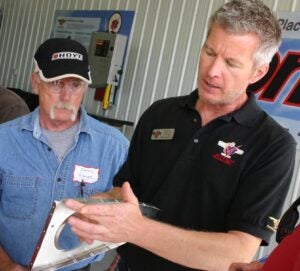
The role of Tech Guy gets muddled when a project becomes a flying airplane. The factory didn’t deliver a finished airplane. Thousands of individual decisions go into turning a pallet of parts into an airplane, each unknown to the factory.
Here’s one example: Sonex recommends a specific Sensenich propeller for each airframe/engine combination it supports. Propellers from other manufacturers may share the same pitch and diameter specification, but in execution it varies.
One customer, who fit a propeller from an alternate manufacturer, couldn’t get their airplane out of ground effect. In time, I persuaded them to borrow the recommended prop from another Sonex. That solved the problem. If I hadn’t pursued that, or if the builder had ignored my advice, they would have remained ground bound, chasing the wrong fixes, and Sonex could have taken heat within the builder community for the poor performance. “Those AeroVee engines are crap.” “Toss the AeroInjector and fit a Brand-X carb.” “You need a Rotax.” I saw it more often than I can count.
In the end, it’s your airplane and your problem. That’s blunt, and more than a bit true. Don’t get me wrong, it’s not a phrase to be tossed about by Tech Guy so they can go to lunch early, but the help you seek may not be help they can provide.
Imagine taking a British sports car that someone stuffed with a Ford 302 to a Ford dealer when it doesn’t start. The dealer would turn you away faster than you can yank the positive battery cable off to stop an electrical fire. (My personal best is 3.2 seconds.) The car’s factory-provided manual was rendered useless by someone with a vision and the desire to tinker. Maybe the modifications were documented, but probably not. You’ll have to trace wires—all of them white, none of them labeled.
I just described homebuilt airplanes. Tech Guy may try to help—I did, if I could—by providing common sense diagnostics: “Did you hit the starter with a hammer? That worked on my girlfriend’s Pinto.”
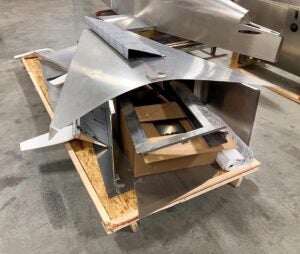
Supporting a product that is delivered as a collection of parts—or only as plans—to be interpreted into an airplane by a cross section of the general population is different from supporting a GA aircraft that is factory-assembled and maintained in strict compliance with its type certificate. When you embrace homebuilding, you have to embrace that you have a one-of-kind airplane whose problems, ultimately, are yours. Even small modifications can render factory support of kit aircraft difficult.
As a Tech Guy, when things didn’t add up, I had to coax modifications into the light. “Is it wired exactly per the schematic,” I’d both ask and emphasize.
“Yes, but…”
You’d be surprised how many shades of meaning “exactly” has.
Support By Committee
A customer’s email to me: “I try and help [on the builder forum] but rarely do any good. They come looking for help and then argue and tell you you’re full of crap. I’ve got to hand it to you guys. You do a darned good job of doing the almost impossible.”
As a product matures, the population of builders with opinions does as well. More builder modifications—“improvements,” in builder-speak—creep in. In time the number of people giving advice grows into a chorus of individuals singing different songs and singing them loudly. I increasingly received questions prefaced by “so-and-so says… .”
Multiply that by thousands of builders and you see where the need to support the product, as designed, becomes critical. I saw dangerous modifications implemented and copied. When I’d point them out, it was common to be told, “That’s why it’s called experimental.”
Fair enough, but the outcome of some experiments can be foretold. Many builders put blind trust in the often-anonymous posts on builder forums. Think about this: The same ignorance and knee-jerk answers you see in online groups for topics you know very well (for instance, split-window Corvettes or how to bake cinnamon bread) exist in the online communities for topics you may know little about, including homebuilt airplane groups. While you may not have the knowledge to recognize them, Tech Guy does.
‘I Know You Have to Watch What You Say’
That whispered statement was sometimes invoked to solicit the “honest” answer to a question. My answers were informed by the engineering and testing that had proven the product, by my firsthand experience, and by the knowledge I accumulated from others’ experiences. They were never influenced by attorneys (the only attorney I spoke to was a customer. That’s who called me an “ass—-” and demanded I be fired) or the need to toe a company line. They were in a builder’s best interest, and sometimes not in the company’s financial interest, whether a builder believed it or not. Builders shouldn’t want it any other way.
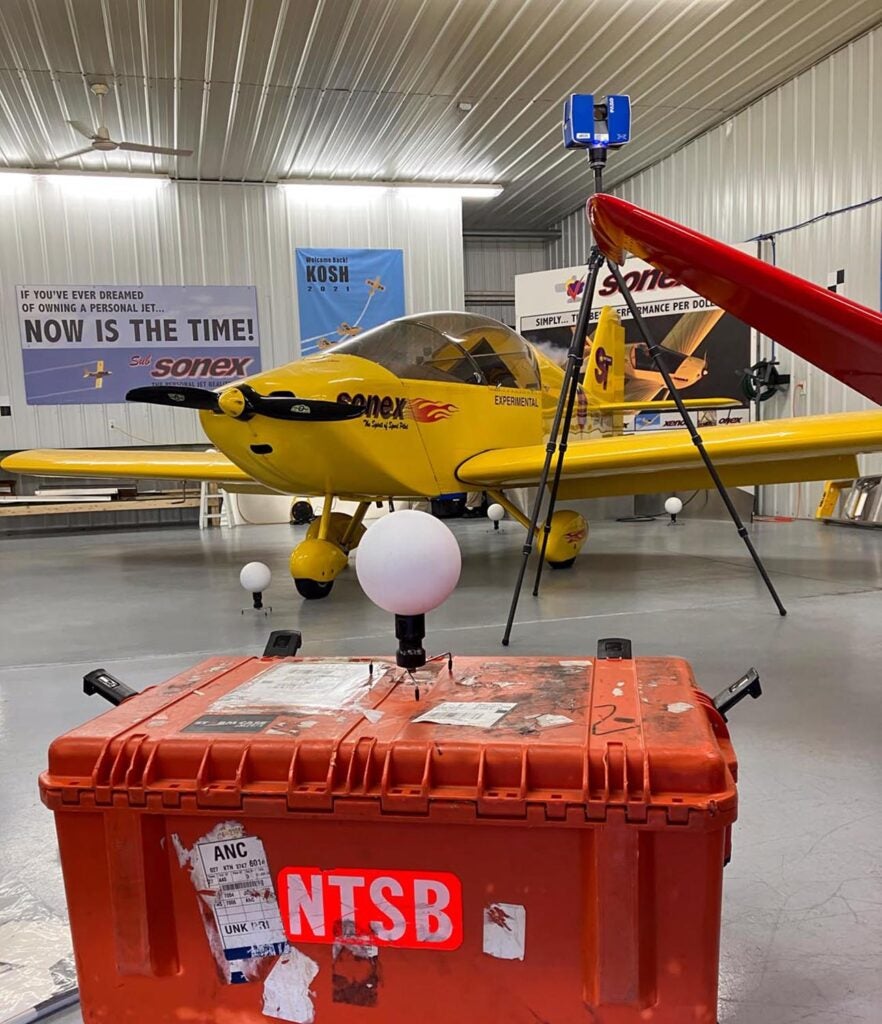
Even after I’d warned of a dangerous condition, some forged ahead, as was their right in the Experimental/ Amateur-Built (E-AB) category.
A few times I urged pilots to ground an airplane until a problem was resolved. Not everyone listened. At least one will never read this. It was common for the FAA or National Transportation Safety Board (NTSB) to contact Sonex as part of an accident investigation. It wasn’t the factory it was investigating, it was the specific airplane’s history.
Sometimes the path between a customer’s last email and the accident was direct and only days old—“My engine seems starved for fuel.”
The Support Relationship
Your relationship with Tech Guy can last years or decades. For everyone’s sake, it should be a “we’re in this together” relationship.
Treating factory support as an adversary is not in your interest. I advanced my retirement a week because one more week of employment wasn’t worth the sarcastic, blame-laden emails I was getting from one particular builder. In contrast, within weeks of retiring I embarked on a road trip that included overnight stays at the homes of four of my best friends. Each entered my life when they needed the help of Sonex Tech Guy. Today, those friendships, and many more, transcend aviation.
By the time I retired I had supported thousands of souls who got 650 airplanes flying and another 2,100 airframes underway. I supported 1,000 AeroVee engine deliveries and a host of accessories.
In November 2023 Van’s Aircraft website stated that 11,278 RVs had been completed and an average of 1.5 were hatching each day. I estimate its full-time builder support staff to be three to four folks. I put the number of Tech Guys in the kitplane industry at one per 3,700 registered E-AB aircraft, or one per 9,000 kits/plans delivered.
At the same time, there are an unlimited number of questions any one builder can ask, and secondhand sales reset the counter. The farther a kit or finished aircraft travels from its original owner/builder, the less familiarity each new owner, and Tech Guy, has with what they’ve purchased.
With that lengthy preface, I offer these suggestions to streamline the support experience for all involved. Before contacting Tech Guy, run this checklist:
- Is this a question for the product’s manufacturer? I answered a lot of generic building questions and some unrelated to the products I supported. I even served as Siri from time to time: “Kerry, what is Aircraft Spruce’s phone number?” “Kerry, what is the best fire extinguisher for a Sonex?”
- Have you utilized the manufacturer’s printed and online resources? In other words, don’t be lazy. “I’m sure the answer is in the plans, but they are in my basement and I’m in my hangar.”
- Are you the person that should make the call? A friend calling on behalf of an owner often couldn’t answer my follow-up questions, and I knew my answers got muddled in their delivery.
- Have you prepared for the call? Have the construction documentation available as well as pen and paper for notes. Referencing parts with the manufacturers’ nomenclature is more precise than calling something “that bracket thing that’s riveted to a channel.”
- Are you asking the company to comment on what another builder said or did? Don’t.
- Don’t call, email. The answer you want may not be immediately at hand. I often had to dig into a problem and I preferred giving accurate answers to fast ones. Coincidentally, many times someone would have gotten an answer faster if they had emailed rather than waited for business hours to call. I routinely answered emails during nonbusiness hours.
- Would you write a letter (and include an SASE) or pay long-distance charges to ask the question if it were 1980? Email, cellphones and free long-distance calling have made it easy for some to stop thinking for themselves. Don’t burden Tech Guy with your laziness.
- Don’t argue the answer. You can take it or leave it, but don’t argue about it. You should, however, challenge an answer that doesn’t make sense. Sometimes my answers were off base because I misinterpreted a question.
- Support those who support you. A customer who purchased engine parts elsewhere, to save money, called when they didn’t fit to compare the manufacturer’s numbers on his box to what we sold. He went on to complain that people used to get a price from him and then order online, for less. (You can’t make this stuff up.) If you value or use factory support, order your parts from them.
- Use an app to get the factory’s weather conditions, and assume things are going well for them.
One final thought: My job was to support a person’s hobby. I stood in an odd crossroad—under observation by those who paid me and often wanted me doing other things, things that looked more like making money, while those I supported wanted to share their experiences with me. I enjoyed hangar flying—it was relationship building—but Tech Guys only have time for a touch-and-go or two.
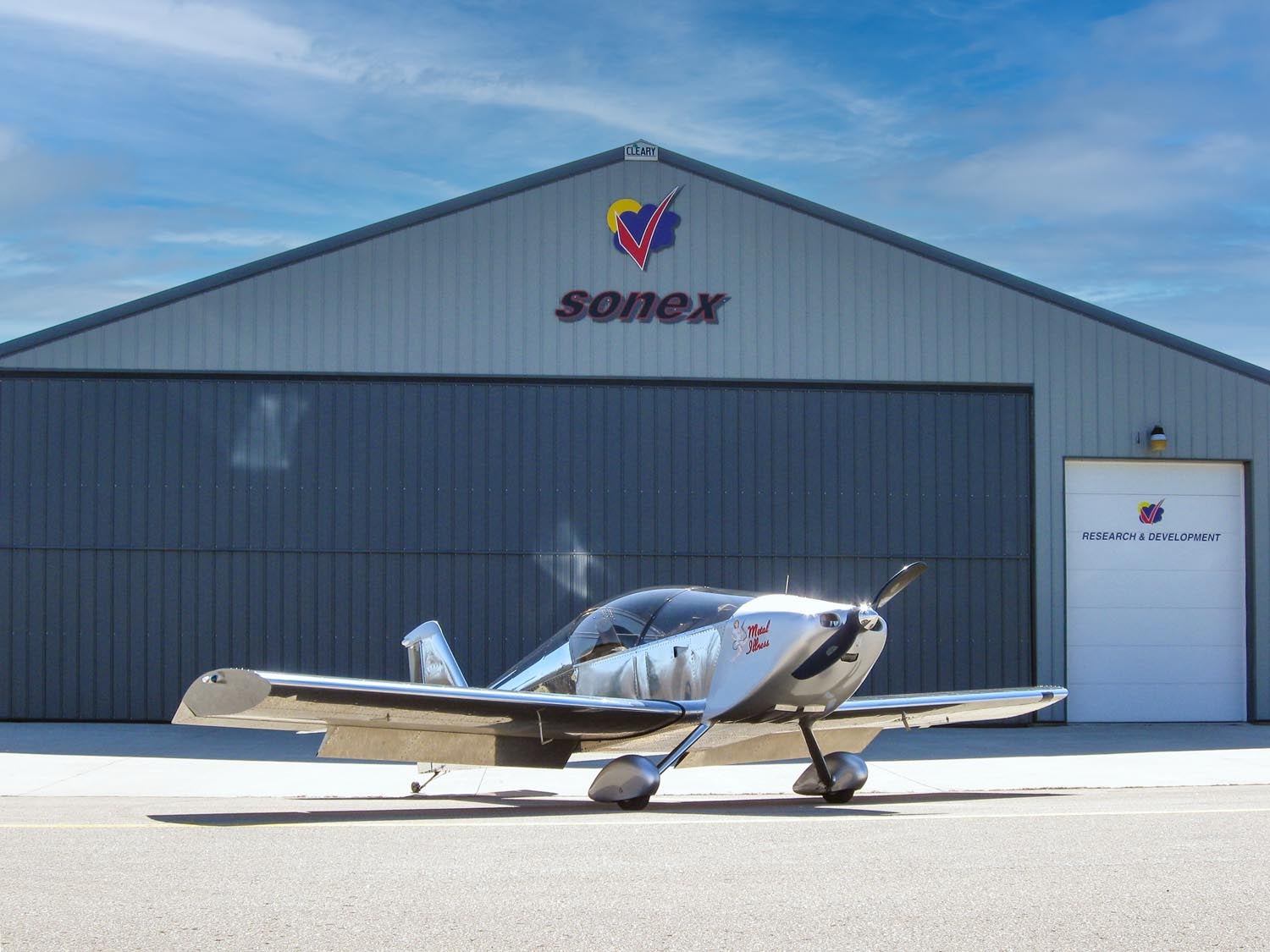
I Was You. Few Were Me.
Before I was Tech Guy, I was a guy building an airplane in a garage. I knew what it was like to want an answer when it seemed I may have ruined critical parts.
As a Tech Guy I was acutely aware of my impact on a customer’s success. When the workday ended, unresolved issues went home with me. They ran with me, showered with me, ate with me, watched TV with me, vacationed with me, and celebrated holidays with me. Many slept with me.
I knew someone’s lifetime dream could hinge on my answer. I knew the company’s reputation was earned, confirmed, or diminished with each answer I gave. For better or worse—and years of nightly aviation nightmares, which subsided after I retired, would indicate for worse—I took on a builder’s problems as if they were my own. Tech Guy was my world. It is a world few in homebuilt aviation occupy. It’s a world few would want to occupy.
“You’ve got the coolest job in the world.”
What a pretty thought.
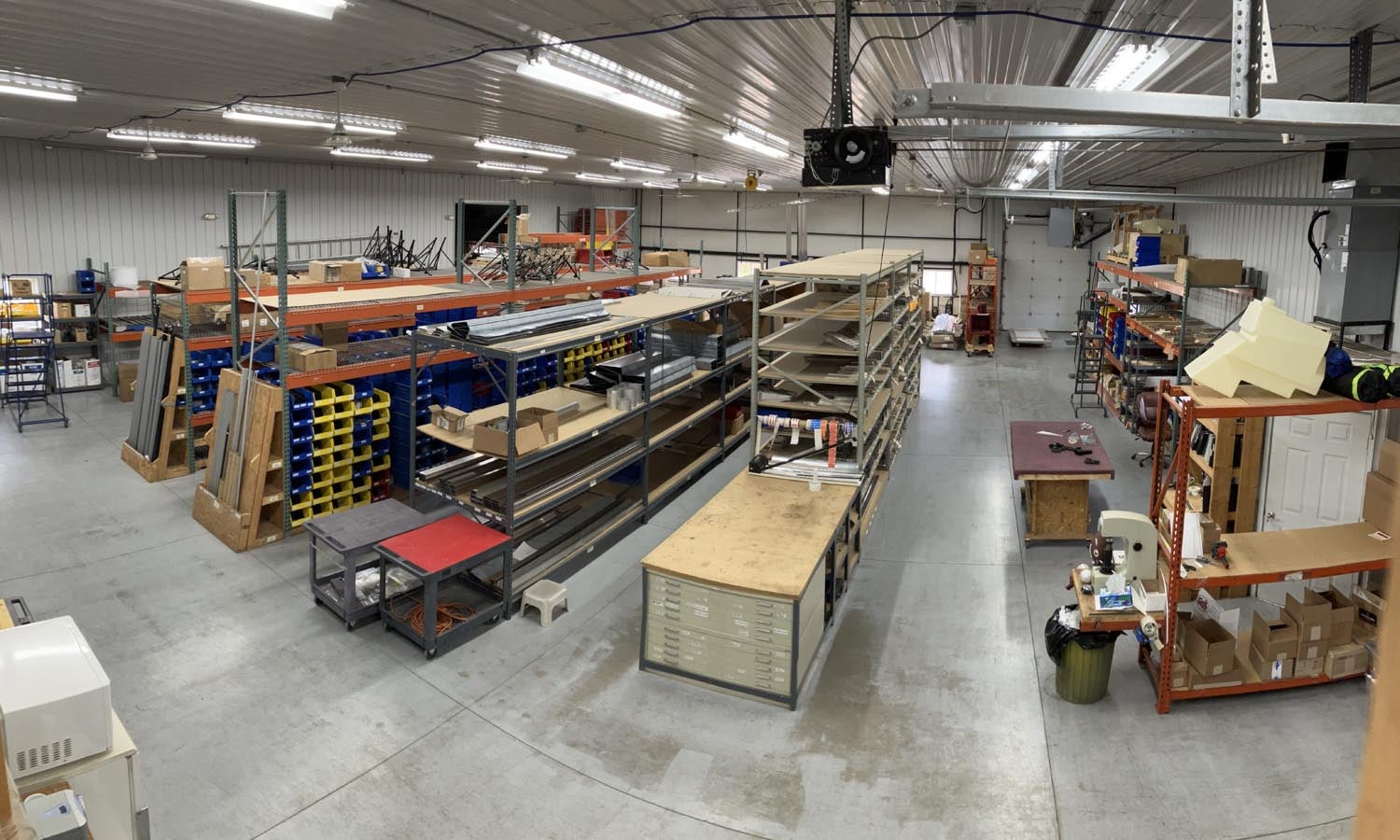
Images; Kerry Fores and Sonex, LLC.














That was superb.
Thank you for reading, Allan, I’m glad you enjoyed it.
~Kerry
What a fun read!
Thank you for reading my article. I strive to entertain and inform.
~Kerry
For the love of your project, read and heed everything that Kerry says above.
I too spend my life talking on the phone, although email is preferred. There simply are not enough hours in the day to do all the hangar flying that does with the typical phone call, but it is pretty cool when you guys send a photo of the flying. Or when you email a photo of the problem. Oh my goodness… how much easier it is to see a photo than to listen to 1500 words describing a paint scratch.
Hi Vince,
Thank you for reading and commenting on my article. I knew it might strike a chord with others in the support world and your comment confirmed that.
~Kerry
Congrats on retirement, Kerry.
Thank you, Bob!
Thank you, Kerry!
I never could have put it so eloquently and your experiences are spot on the exact same experiences at Van’s tech support. I I lost count of how many times I wanted to tell somebody, no, shout at somebody RTFM! Of course they usually only call for help after they’ve completely ruined the parts through their own carelessness or ignorance and not willing to learn how to do it properly. What do you mean, I can’t just put an AN3 bolt where the plans call for an 1/8″ rivet, just because I oversized the whole drilling out the rivet. Try answering that question every week. Sometimes everyday, sometimes multiple times a day.
Your sentiments are exactly my experience. I work from home and found it hard to turn my brain off after hours, the questions would roll around in my head while I’m eating dinner or trying to go to sleep.
But I, like you, am happy to report that I have decided to call it quits and retire for my own personal sanity. You will no longer be able to talk to Tony when you call Van’s tech support. The other fellows there will be trying their best to help you, but as Kerry says, please try to help yourself first.
If you’re in the Michigan/Ohio area and need a DAR for an airworthiness inspection, I will be happy to help you out, just don’t call me for tech support!
Tony Kirk
PS, congratulations on your retirement too!
Hi Tony,
Welcome to retirement!
The comments here are making me think we need a builder support support group.
As I wrote the article I knew I couldn’t possibly be alone. If my article benefits both sides of the tech support/builder relationship it will have been worth the considerable time it took to write it and get it “just right.” I did leave out the story about chugging a beer for the first time in my life after ending a phone call where I had to repeat the word “exactly” over and over to emphasis there was absolutely no room for deviation in a particular instruction.
Blue Skies!
~Kerry
Thank you Kerry, this should be required reading for every new (or not so new) builder. From now on I’m sending it to everyone I support with Tech Counselor visits.
And to every tech support guy at Van’s, past or present, who patiently answered my questions during my RV-7 build, thank you too!
Dave
Hi Dave,
Thank you for reading, commenting and sharing my article. I’m beginning to feel I’ve given a voice to everyone in a builder support position. If my words makes things easier for those who have not retired from or left “the coolest job in the world,” great!
~Kerry
I’m building a Sonex and have enjoyed it immensely as it has been challenging and rewarding. Early on I approached Sonex technical support and was met more with “distain” than actual support. Like it was such a bother to answer my simple question. Yeah, you know way more about it than I do but I am still learning and trying to ask the right people the important questions. Yes, I have invested in all the resources you have mentioned but just a little hand holding from the factory would calm my nerves just a bit. I even stopped by the Sonex booth at Airventure 2024 to ask a question regarding the cooling shroud being introduced for the Rotax. Yeah, they kind of listen to what I’m asking but I got more of a dismissive attitude. Oh, its too much to engage with me to help my understanding of your product. The article was an interesting read and pretty much sums up my experience, oh, its such a bother talking to people. You seem to mock anyone that would like to speak to someone more knowledgeable about the kit they are going to sit their butt in. Your job is technical support, if you don’t like what that entails perhaps you are the wrong person for the job rather than all these ignorant people asking you *stupid* questions. You don’t berate the customers of your product! How insane is that?
When I was shopping for a kit it was down to the Zenith or Sonex. I approached Heinz at Airventure and he was just too busy to pay any attention to me. On the other hand Jeremy at Sonex was the nicest guy and was genuinely interested in my needs. I was Sonex all the way after that, still am. I am nearing completion and have found the Sonex products excellent. I would build another in a heartbeat.
Hi Michael,
I’m sorry your experience with tech support was less than you anticipated. I can’t speak to 2024 or most of 2023 as I had retired by then. If you took from my article that I didn’t wish to help, or couldn’t be bothered with talking to someone, it would seem you filtered my words through your experience. Please reread the parts where I answered email on weekends, holidays and vacations and where I took on individual problems as if they were my own. I don’t know what questions you may have asked me, but if they were product-related I would have answered them to the best of my abilty.
By the way, the new cooling system for the Rotax on a Sonex is not a Sonex-deleted product. It was developed and is provided and supported by Casey Cooper. Sonex is only a retail outlet, just as they sell radios and instruments but don’t service them nor are they the source for product-specific questions.
Thank you, Kerry. This was back in 2014-ish, so quite a while ago. I do not doubt your intentions were/are genuine and can only imagine the grind it is to answer the same questions, or questions easily answered if they read the plans, etc.. For a lot of us, this is the first big build we have undertaken, and we are putting our butts in the seat at some point, so there is a lot of concern for getting it right the first time. I think the question I asked you was fairly benign, something about chamfering a flush hole for a fastener. Yeah, I could/should have consulted the various publications you mentioned but I was looking more for assurance than anything way back when I started. It was also just making contact with technical support and trying to develop a relationship. As have been suggested here and elsewhere I have my copies of the publications every homebuilder should have and should be studied. I know I did contact you via email several times and my questions were always answered promptly. You also mention relying on builder forums. That’s akin to relying on the internet for critical information. Sure, there are some very knowledgeable builders on the forums, and they are very helpful but for anything on the internet you really need to consider the source as to whether it is credible or not. Sometimes a nod from the factory is reassuring. When you built Metal Illness (I think that is correct?) you had John M. nearby if something wasn’t quite clear. I am certainly not looking for technical support to hold my hand on every assembly but there are times when you can sit there scratching your head for hours or days figuring out how to proceed.
As for the new cooling system for the Rotax, yes I understand it was developed by Casey, but I assumed Sonex would be knowledgeable about the product. In fact, the gentleman I spoke to mentioned he had the first test article on his Sonex, so again I would assume he has some direct knowledge on how it works.
I truly appreciate technical support and what it involves and requires. I also understand that it is entirely my responsibility for completing this build but I chose Sonex because they seemed genuinely interested in helping me build a safe aircraft and I continue to believe this.